Diet Plans to Enhance Workout Recovery
Chosen theme: Diet Plans to Enhance Workout Recovery. Welcome! Fuel your comeback with smart, tasty, and science-backed eating strategies that help sore muscles bounce back stronger. Read on, try a tip today, and tell us what works for you.
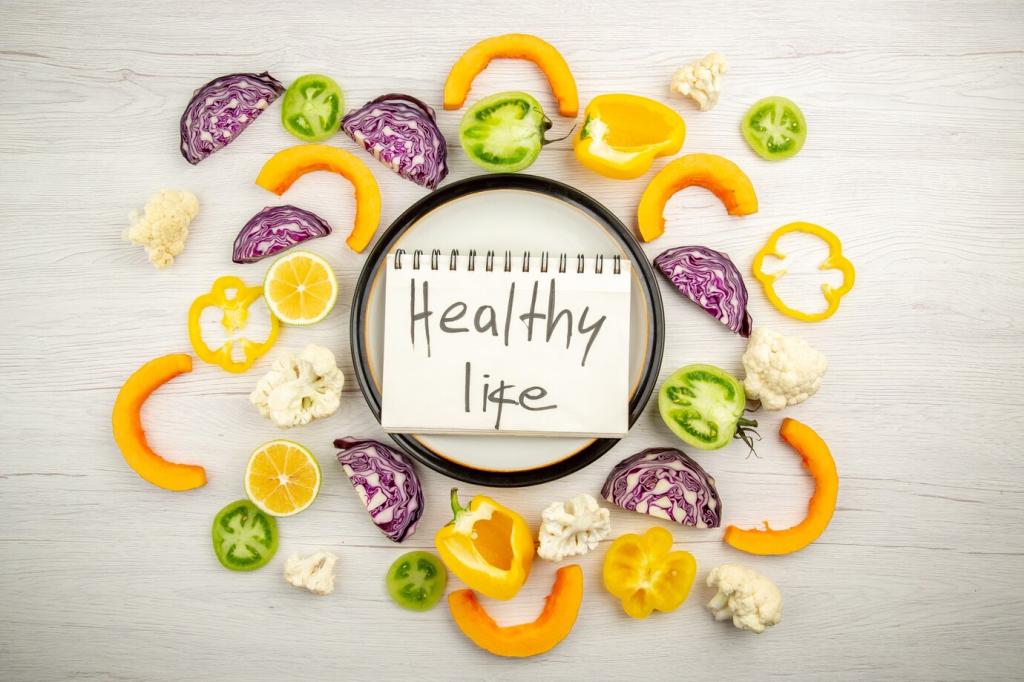
The Science Behind Recovery-Focused Diet Plans
Aim for about 0.3 g/kg of protein within 60 minutes post-workout, prioritizing leucine-rich sources like whey, eggs, or soy. Hitting roughly 2–3 grams of leucine helps switch on muscle protein synthesis efficiently.

Hydration Strategies That Accelerate Repair
Weigh yourself pre- and post-training and drink about 1.25–1.5 liters per kilogram lost to fully rehydrate. Even a two percent body-weight loss can hamper recovery, mood, and sleep quality later that night.
Hydration Strategies That Accelerate Repair
Add sodium to post-workout fluids so the water you drink actually stays with you. Include potassium and magnesium through foods like potatoes, yogurt, and leafy greens to keep muscles firing smoothly tomorrow.
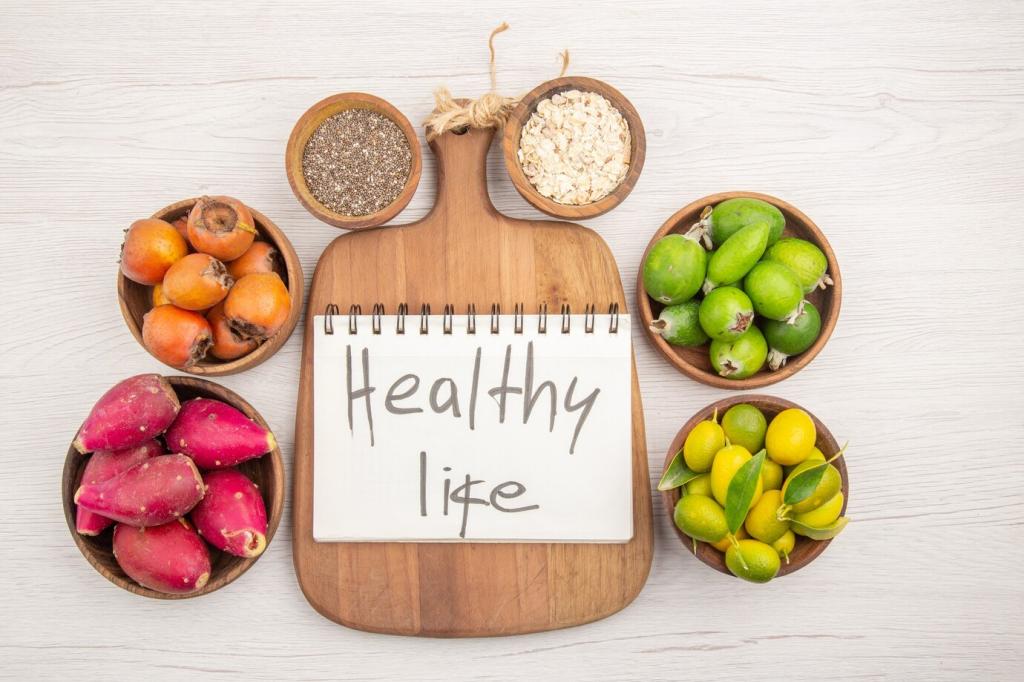
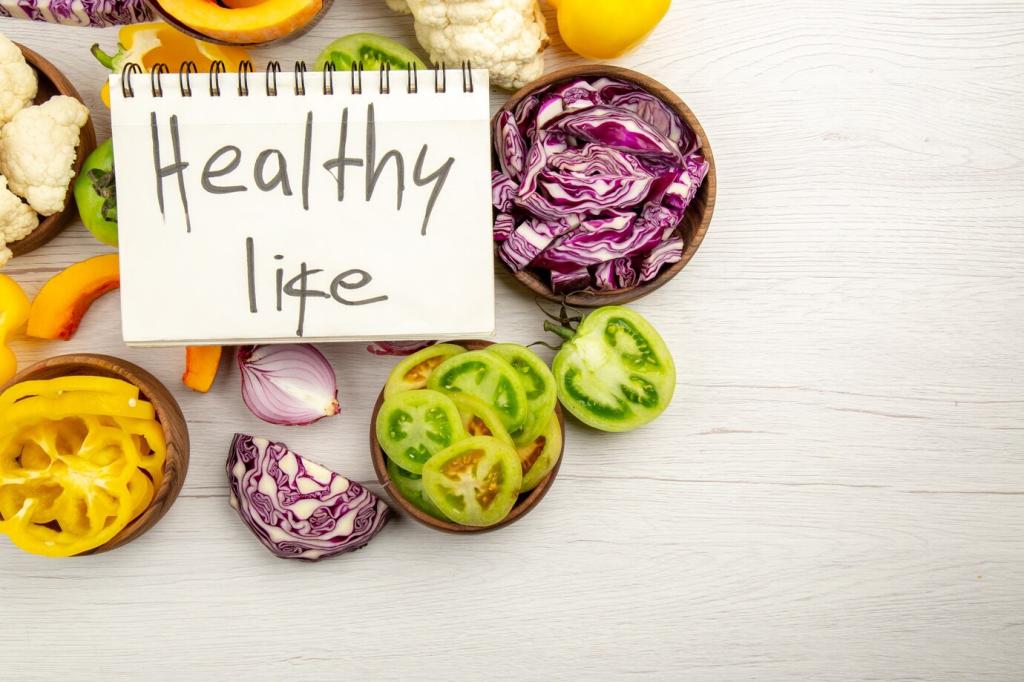
Micronutrients That Matter for Muscle Repair
Magnesium, Potassium, and Cramp Control
Magnesium supports muscle relaxation, while potassium helps fluid balance and nerve function. Build meals with beans, seeds, bananas, and potatoes to cover your bases and reduce twitchy, wake-you-up-at-night calf cramps.
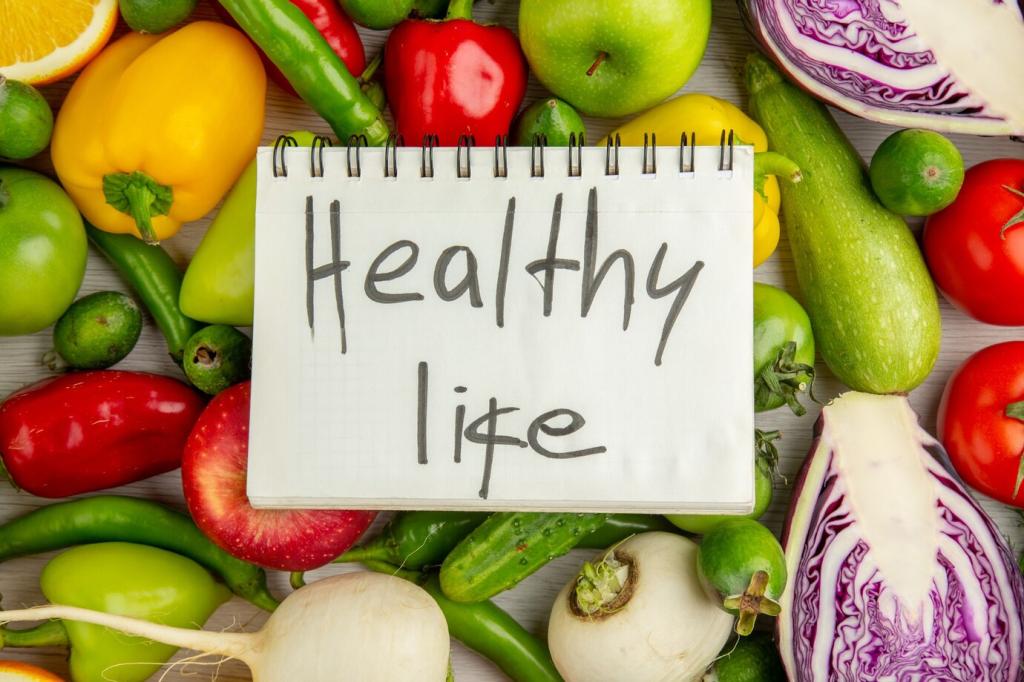
Practical Recovery Meal Plans for Real Days
Post-session breakfast: Greek yogurt bowl with oats, blueberries, honey, and almonds, plus a glass of milk. You’ll land about 30–40 grams of protein and ample carbs to reload morning-depleted glycogen.
Practical Recovery Meal Plans for Real Days
After a sunset run, try rice, salmon, and roasted vegetables with olive oil, followed by a small yogurt and fruit. This balances carbs for replenishment and protein for repair before bedtime recovery.
Practical Recovery Meal Plans for Real Days
Build a burrito bowl with quinoa, black beans, tofu, roasted peppers, avocado, and salsa. Add citrus for vitamin C to enhance iron absorption, and consider soy milk or pea protein to hit targets.
Gut-Friendly Eating to Support Recovery
Time Fiber Wisely
Enjoy fiber-rich foods away from the immediate post-workout window to minimize GI distress. Save cruciferous vegetables and big salads for later meals, prioritizing faster-digesting carbs and protein right after training.
Fermented Foods and Probiotics
Incorporate yogurt, kefir, kimchi, or sauerkraut to diversify your gut ecosystem. Many athletes report fewer stomach issues and better regularity, which makes consistent fueling—and thus consistent recovery—much easier to sustain.
A Quick Story From the Road
After months of mid-run stomach grumbles, I shifted fiber to dinner and added morning kefir. Within two weeks, workouts felt lighter, sleep improved, and soreness stopped lingering into my next training day.
Recover Well on a Budget and On-the-Go
Eggs, beans, canned tuna, oats, frozen berries, and peanut butter create high-quality recovery meals for a fraction of the cost. Batch-cook grains and freeze portions to make weeknights surprisingly easy.
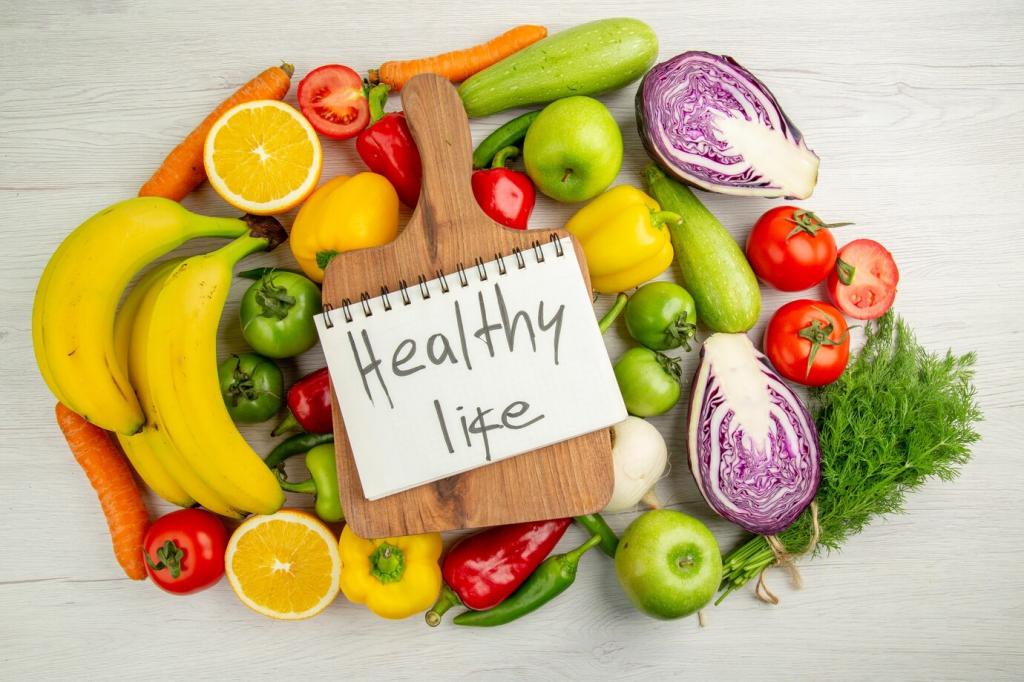
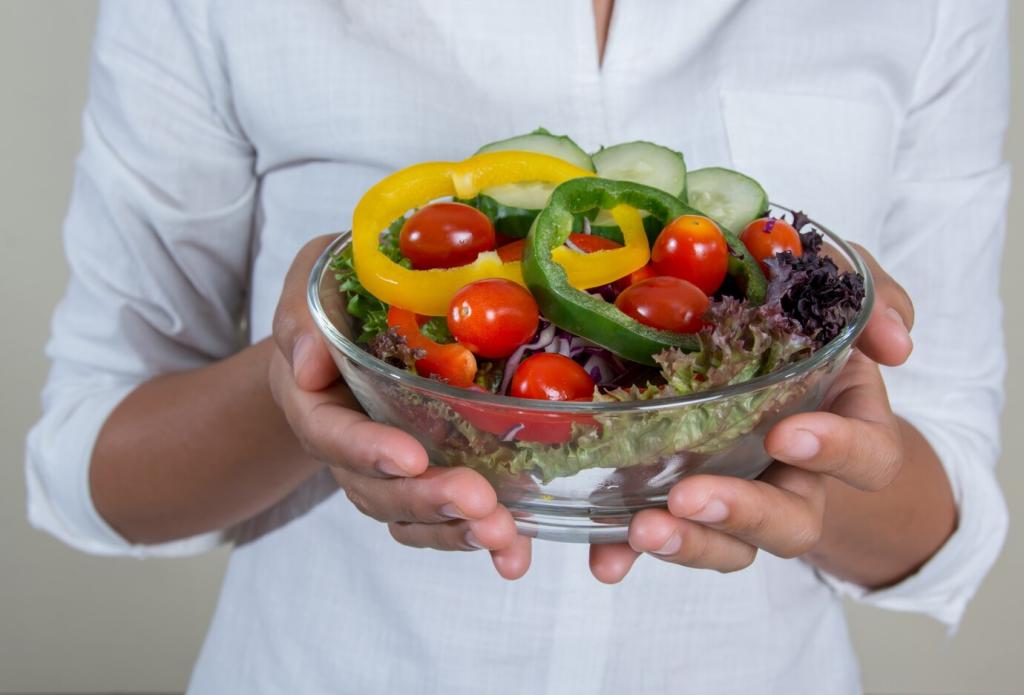
Spot Signs of Underfueling
Watch for persistent soreness, poor sleep, irritability, frequent colds, or stalled progress. These cues often reflect insufficient carbs or protein, inadequate hydration, or simply not eating soon enough after training.
Simple Tracking That Sticks
Log your post-workout meals, energy levels, and perceived soreness for two weeks. Pair notes with resting heart rate or HRV trends, then adjust portions and timing to fine-tune your recovery diet plan.
Share, Subscribe, and Shape Future Guides
Tell us your favorite recovery meal, ask questions, and subscribe for weekly templates and recipes. Your stories help refine practical, delicious diet plans that make tomorrow’s workout feel remarkably better.
